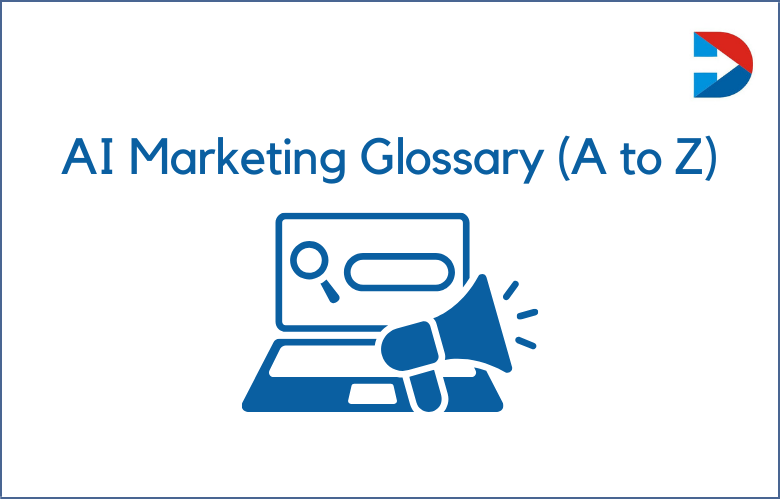
In sales and marketing, “cold calling” and “outbound calling” are often used interchangeably. However, there are a lot of differences between the two! Cold calling is when you seek out potential customers who have yet to have prior interaction with your brand, whereas outbound calling is when you contact leads who have expressed interest in your product or service in some way.
What is Cold Calling?
Cold calling is reaching out to potential customers without interest in your product or service. It can be done through phone calls, emails, or in-person visits. Cold calling can be a great way to generate leads when done correctly. However, it can also be seen as intrusive if not done correctly.
Cold calling is reaching out to potential customers without interest in your product or service. Often, cold calls are made by salespeople trying to generate new leads. Cold calls can be made over the phone or in person and usually involve some degree of pre-planned script or pitch. A sales call aims to get the potential customer interested enough in your product or service to set up a meeting or appointment.
Cold calling is reaching out to potential customers without interest in your product or service. It can be done through phone calls, emails, or in-person visits. Cold calling aims to generate new leads that can nurture into paying customers.
One of the biggest challenges with cold calling is overcoming people’s natural resistance to sell. After all, who likes getting calls from strangers trying to sell them something? As a result, it’s essential to have a well-crafted script that can grab people’s attention and persuade them to stay on the line (or, at the very least, not hang up!).
What is Outbound Calling?
Outbound calling is similar to cold calling in that you reach out to potential customers who have yet to express interest in your product or service. However, outbound calling is usually done to follow up with a leader who has expressed interest. For example, suppose someone provides their contact information after attending a seminar. In that case, an outbound call could be made to follow up with them about the workshop and see if they want to learn more about your company.
Outbound calling is the process of contacting potential customers who have shown some level of interest in what you have to offer. It can be done through various means, such as responding to an online inquiry form submission or following up with a customer after they’ve attended a trade show or seminar. Unlike cold calls, which are typically made without any prior contact with the potential customer, outbound calls are usually made after the salesperson has already established some rapport with the potential customer.
Outbound calling is similar to cold calling in that you’re reaching out to potential customers who have yet to express interest in your product or service. However, outbound calling differs in one fundamental respect: outbound callers typically have a relationship with the person they’re speaking to.
It could be because they’ve spoken with them before (perhaps they inquired about your product but didn’t purchase it) or because they share some connection (for example, they work at the same company). Whatever the reason, this preexisting relationship makes it more likely that the person will be receptive to your calls.
The difference between Cold Calling and Outbound Calling
The main difference between cold calling and outbound calling is the level of interest before you make contact. With cold calling, you’re starting from scratch and trying to drum up interest in what you’re selling. On the other hand, outbound calling is about building on an existing relationship.
Outbound calling is reaching out to potential customers who have yet to express an interest in your product or service. It can be done over the phone or through other means of communication, such as email, social media, or even regular mail. Cold calling is an outbound call where you contact potential customers who have not heard of your company. The goal of both outbound and cold calling is to generate new leads for your business.
Outbound vs. Cold Calling
Outbound calls are not just limited to cold calls; they can also include Follow-up calls, Upselling calls, Cross-selling calls, Prospecting calls, etc. It’s important to understand that you are trying to reach as many people as possible within your target market with an outbound call strategy. In contrast, with a cold call strategy, you focus on people who have never heard of your company or product.
Here are some key differences between the two:
Objective
The main objective of an outbound call campaign is customer outreach, whereas the aim of a cold call campaign is lead generation.
Data
When making outbound calls, you will usually have some data to work with, such as previous interactions with the customer or information gathered from research. With cold calling, you will start from scratch without any data points guiding you.
Scripts
Since you will have some data, you can develop scripts for your outbound call campaign that address your customer’s pain points. Cold calls require more on-the-spot thinking since you will not have any prior information about the person you speak with.
Results
Outbound call campaigns generally take longer to see results from than cold call campaigns since you need time to gather data and develop scripts. However, outbound call campaigns are more effective in the long run since you can target specific pain points.
Why does this distinction matter? Because the different levels of interest will dictate your approach when contacting.
You must work harder to get their attention if you’re cold-calling someone. Start by trying to appeal to their needs or pain points or offering them a free trial or demonstration. In contrast, if you’re reaching out to someone who has already shown an interest in your product or service, you can jump right into discussing the details of what you’re offering.
Of course, there’s no guarantee that every outbound call will be a home run—someone who has visited your website or subscribed to your email list may not be ready to buy what you’re selling just yet. That’s why having a well-rounded sales strategy that includes cold and outbound calls is essential. By using a mix of approaches, you’ll be able to increase your chances of making a sale.
Cold Calls
Cold calls typically have a lower success rate than outbound calls because you interrupt someone not expecting your call. However, cold calling can be effective if done correctly. When making a cold call, it’s essential to:
- Keep your introduction brief
- Articulate the value of your product or service
- Address any objections the customer may have. You can do all of this in under 30 seconds, and you’re more likely to get the customer’s attention and interest long enough to schedule an appointment or follow-up call.
Outbound Calls
Outbound calls are usually more successful than cold calls because you reach out to customers who have already expressed an interest in your product or service. For example, if you’re following up with a lead who requested more information about your product, they will expect your call and be more receptive to what you say.
When making an outbound call, keep the following in mind:
- Check in with the customer and ask how they’re doing
- Thank them for their interest in your product
- Recap what you discussed during previous interactions. By following these tips, you can build rapport with the customer and better position yourself to sell them your product or service.
Cold Calling vs. Outbound Calling: An in-depth Look
As we mentioned, cold calling is when you contact a prospective customer who has yet to express interest in your product or service. These calls are typically unsolicited, meaning that the person on the receiving end still needs to give you their contact information with the expectation of being called.
Because most people don’t enjoy getting unsolicited calls from businesses, it’s no surprise that cold calling generally has a bad reputation. In addition, research has shown that cold calls are less effective than other marketing methods, such as email marketing or online advertising. Nevertheless, some businesses still swear by cold calling to generate new leads. If you decide to try it, just be prepared for much rejection!
On the other hand, outbound calling is when you contact a prospective or current customer who has shown some interest. These calls are usually solicited, meaning that the person on the receiving end gave you their contact information with the expectation of being called.
For example, you run an e-commerce store, and someone abandons their shopping cart without completing their purchase. You could contact that person via email or phone to see if they need help finishing their purchase. This type of call would fall under the category of outbound calling because the person receiving the call showed some interest in your product by adding items to their shopping cart but still needs to complete their purchase.
A study by Salesforce found that 69% of customers are likely to do business with a company that offers them a personalized experience. Outbound calling is worth considering if you want to improve customer relationships and boost sales. Keep your calls brief and to the point—no one likes feeling they’re being talked at!
Conclusion
Cold and outbound calls involve reaching out to potential customers who have not shown interest in your product or service. The significant difference between these two is that cold callers typically have no relationship with the person they’re speaking to, while outbound callers usually do.
Both approaches have pros and cons, so deciding which makes more sense for your business is up to you. Cold calling might be your best bet if you’re starting and need preexisting relationships with potential customers. On the other hand, if you’ve been in business for a while and already have established relationships, outbound calling may be a better option.



